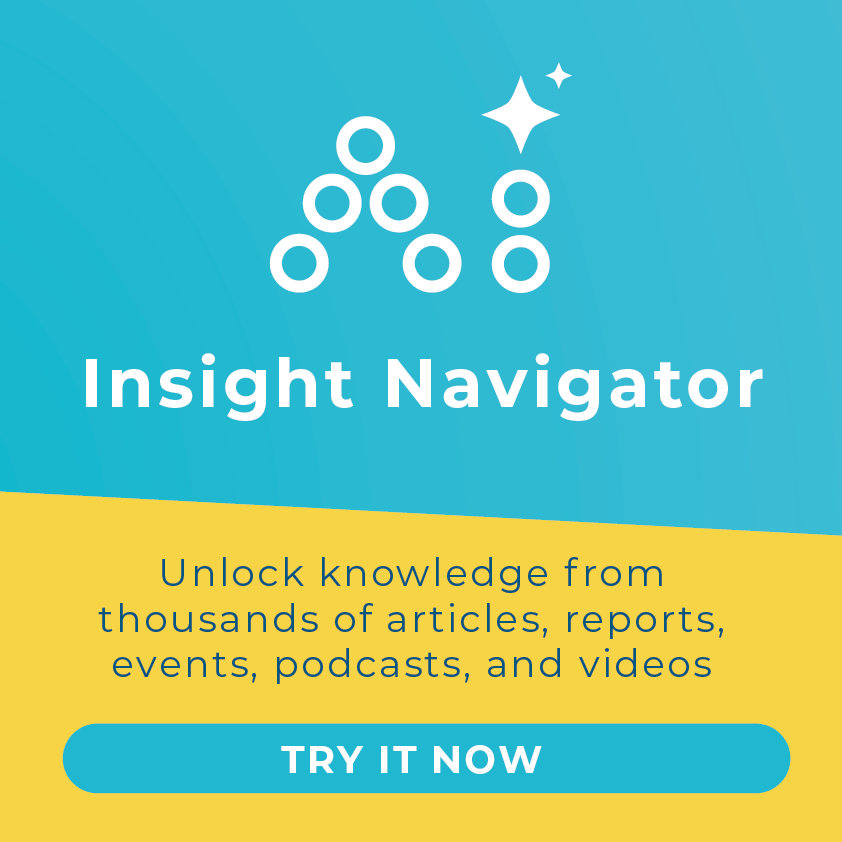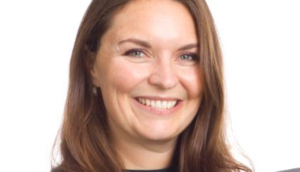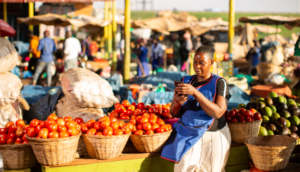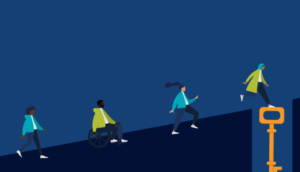Transcending boundaries to build a sustainable future naturally evokes different responses in everyone depending on their frame of reference. My own career and early experiences have been focused on child health, first as an orphanage volunteer in Africa, then a nurse, and later on working towards my doctorate, and now as an entrepreneur developing wearable devices for monitoring ill children. But I am also a farmer’s daughter, so when I think about building a sustainable future for a growing global population, my thoughts naturally turn to the role of food and good nutrition in child health, particularly in developing economies. There is a growing body of research that links child health and economic development. The World Health Organisation (WHO) reported that if child health increases by 1% in Cote d’Ivoire (in terms of under-five mortality), GDP increases by 4.6%. Funding good basic nutrition for all is going to require some transformational thinking to meet that challenge.
A few years ago my passion for improving infant and child health became an intense motivation for my own profound personal adventure that transcended boundaries, when I rowed across the Atlantic Ocean in an unassisted two-woman boat for charity. I had never been to sea before and I certainly didn’t have the £63,000 that it would take to fund the campaign. I was nevertheless determined to make our campaign a success, despite of, and indeed because of all the negative comments that we received. “It can’t be done”, “you’re crazy”, “you’ll die”, were just some of the comments that we frequently heard. But there we were, two nurses who had never rowed before, and with no support boat. Two years of preparing and 77 days, 7 hours and 37 minutes of continuous rowing later and our task was done.
The success of our campaign was not in the fact that we had rowed across the Atlantic however; it was in the fact that we had raised £190,000 for metabolic research at world renowned Great Ormond St Hospital in London. Funding that allowed a metabolic registrar to take three years out of clinical practice to study the value of life-saving pyridoxal 5′- phosphate in managing neonatal seizures. I could never have imagined that with each stroke I took on the oars that our efforts would ultimately contribute to so much.
That extraordinary experience, often terrifying, frequently exhausting and ultimately life changing, has encouraged me to go on setting new goals at the very edge of what seems possible in my life. So much so that I have since conquered the Indian Ocean, Pacific Ocean and recently a two-handed sail across the Atlantic Ocean again, less than five years after I first started to sail. Every one of my ocean-going adventures involves an initial period of extensive planning. Finding a way to finance each trip requires as much tenacity and dedication as the physical endurance of battling waves, sleep deprivation and blisters.
Managing my diet on these unsupported journeys is one of the major keys to a successful completion however. Each crossing requires us to be completely self-sufficient and each meal is not only carefully selected because of the nutritional value it gives me to stay strong, but also because of the psychological boost that it gives me from having a warm hot meal in my tummy and a tasty snack on my taste buds. This is of course also true for everyday life.
When the charitable causes I promote are so compelling, it seems unfair to have to expend so much energy pulling the funding and support together. But this seems to be a common trial of many a worthwhile endeavour and it is no less true when it comes to the massive challenge of finding a globally sustainable way of financing better nutrition for children. Whilst we may hope for a world in which governments have the resources and agendas to ensure their youngest citizens are well nourished, the reality is a blend of NGO, charity, government and increasingly private sector funded activity coming together in an attempt to meet these requirements.
Companies looking for ways in which to make a sustainable difference to the countries and societies where they operate should recognise the important role food plays in shaping development, not only personal, but also societal and economical.
The link between child health and economic development underlines that. Initially the wide-spread view was that it was economic growth that drove improvement in child health, however in the last 10 years the view has changed to reveal the effects of improving child health on economic growth, with the basic mandate emerging that ‘healthier is wealthier’.
A study by the WHO observes that ‘Poor child health is likely to lead to reduced physical work capacity when the children turn into adults’. In Nepal, a stratified random sample of 350 children showed that there was a significant positive link between nutritional status and the probability of school attendance.
Access to nutritious food helps children to thrive in the short term and ultimately they stand a better chance of developing through education and into employment to break the poverty cycles. This issue is not exclusive to developing economies. All over the world, we are learning about the links between childhood nutrition and academic performance.
What is really compelling about this subject is that through relatively simple nutrition-related inputs the extrapolated downstream impacts on poverty and population growth can be significant. Primary school enrolment rates for boys and girls impact a country’s birth rates. In countries where only 50% of the children go to school, it is common for women to have around five children (e.g. Guinea Bissau) compared to Japan, where 100% of children go to school and the birth rate is just over one per woman.
So perhaps making sure that children get a varied and nutritious diet holds the key to much bigger challenges than merely staving off hunger in the short term. Ultimately, it could also help to bring population growth down to replacement levels, and create a sustainable economy. Now that is a boundary worth contemplating.
This article first appeared on Olam and is reproduced with permission. Visit www.elinhafdavies.co.uk and follow Elin on Twitter @elinhafdavies.

